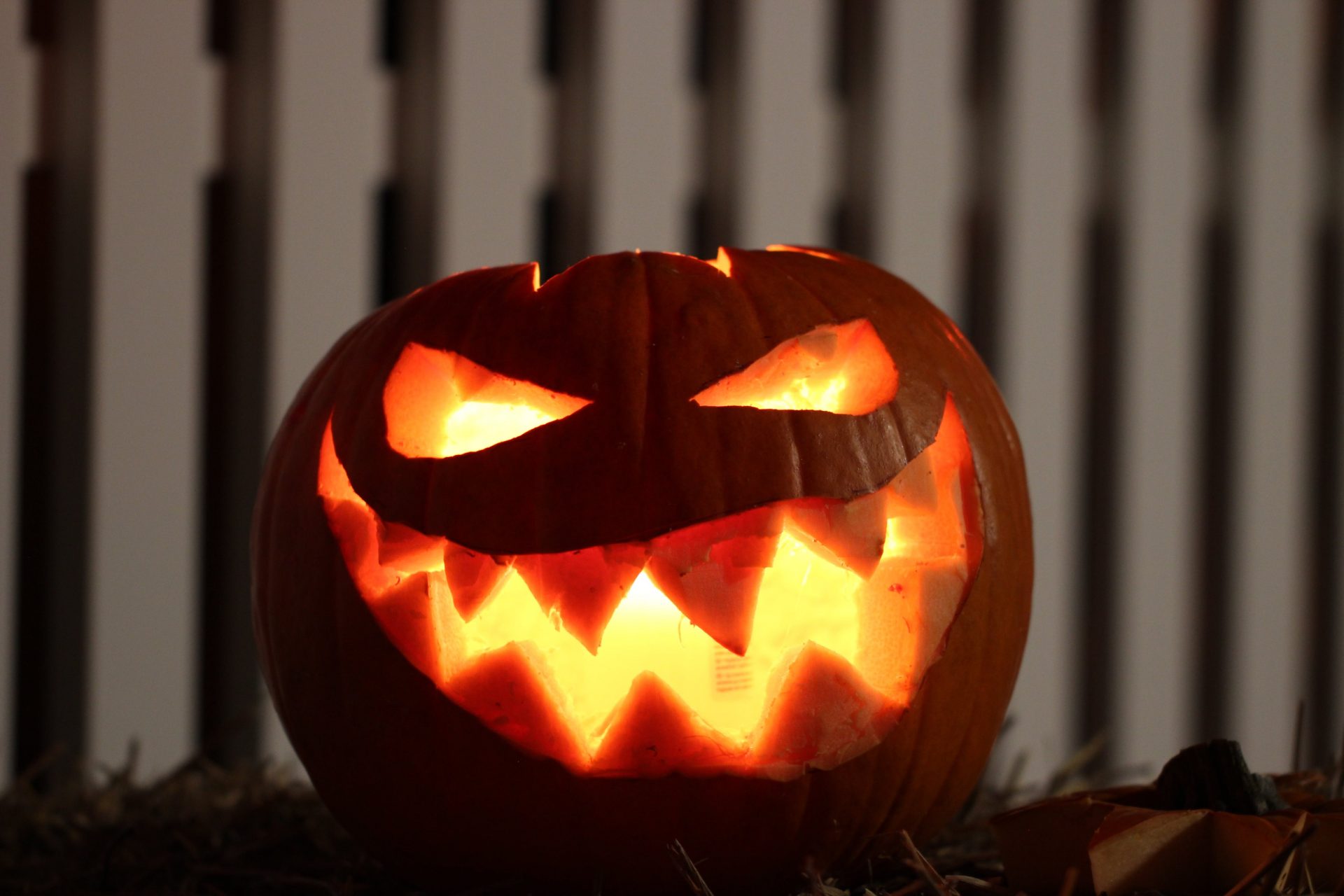



Did you know Halloween and all the associated traditions started in Ireland?
If you look at Ireland’s mythology, particularly the famous Ulster Cycles, it all began in a small cave in the rural landscape of County Roscommon, the Cave of Cats, birthplace of Queen Medb (pronounced Mave). Events of this legend occurred during the festival of Samhain and the two have been firmly entwined ever since!
Let us take a look at the origins of this Celtic pagan festival and what it meant to those who, over centuries maintained the traditions and rites synonymous with this feast in Ireland, leading to Halloween celebrations around the world!
Samhain (pronounced Sow-en) begins at sunset on 31st October and ends at sunset on 1st November. It is one of four major celebrations during the Celtic year and signifies the end of summer and the turning to winter and a new cycle, or year.
This was the season when cattle were brought in, slaughtered and stored for food during the harsh winter months, the bitter cold and poor pasture leaving farmers little choice for their herd.
The ceremonies for Samhain were twofold. The first were rituals respecting both the light and darkness, seeking protection against malevolent spirits and misfortune, as well as welcoming the return of loved ones who had passed over.
As with the Spring festival of Bealtaine (pronounced Be-al-ten-na), at the heart of Samhain is the customary communal bonfire. The fire was a protection ritual, to purge bad fortune and influence and to defend locals from harm and destitution during the long hard winter ahead.
The open fires in each home would be quenched, the central bonfire the only one alight in the entire community. Each family would take a burning ember from the bonfire, carried in a hollowed-out turnip (sound familiar?!) and use it to reignite their own hearth and bring warmth and light to the home once more. It would instil protection and cleanse their homes and lives.
The bones of slaughtered cattle would be cast onto the fire as an offering for a good winter and personal items symbolising desires or ailments would be thrown on the flames by individuals hoping to be cured of ill-health or have their wishes granted.
Samhain is also the time of year when the curtain between our world and the next becomes so fragile that the both the fairies and the dead can take a simple step between realms.
Many of the dead were welcomed back into the family fold with open arms, a place set for returning souls to sit at the table. This was known as a Dumb Supper and all living guests were to dine in silence, listening and watching for a word or sign from their dearly departed that they were present in the room.
The fear for celebrants was the knowledge that an open door between worlds could allow dark spirits to cross over. Both ancient entities and the darker fairy folk known as unseelies, were thought to step through the veil and wreak havoc on villages by making cattle sick and bringing disease to households. In an attempt to hide from these unwelcome visitors, locals would dress in the ugliest outfits they could find and make masks to cover their faces. This was known as ‘guising’ which would go on to be known as Halloween costumes!
A typical costume was the Láir Bhán (White Mare) which would consist of a man covered in a white cloth, carrying a horse’s skull in his hands. He would lead a group of youngsters from farm to farm blowing on cow horns and asking for food. Any farmer who refused would be cursed with bad luck for the coming year in the form of a Piseóg (Irish curse).
As well as seeking out deceased loved ones, homeowners had to contend with these fairies travelling through the countryside, creating mischief on this most ethereal of nights. Gifts in the form of food, sweet treats or milk would be left on doorsteps or gateways to guarantee a fairy blessing. Anyone foolish enough to not do so would be tormented and pranked by the cheeky wee folk at best and fall victim to a fairy curse at worst.
It was these beliefs and traditions that led us to trick or treating on Halloween. Edible gifts for protection from mischief and misfortune of visitors from the Other Realm once a year is a small price to pay don’t you think? As for the Samhain bonfires, these continue to be lit across Ireland, the most important of which is The Hill of Tlachtga in County Meath.
#Celtic #Ireland #festival #Samhain #Halloween #Halloween23